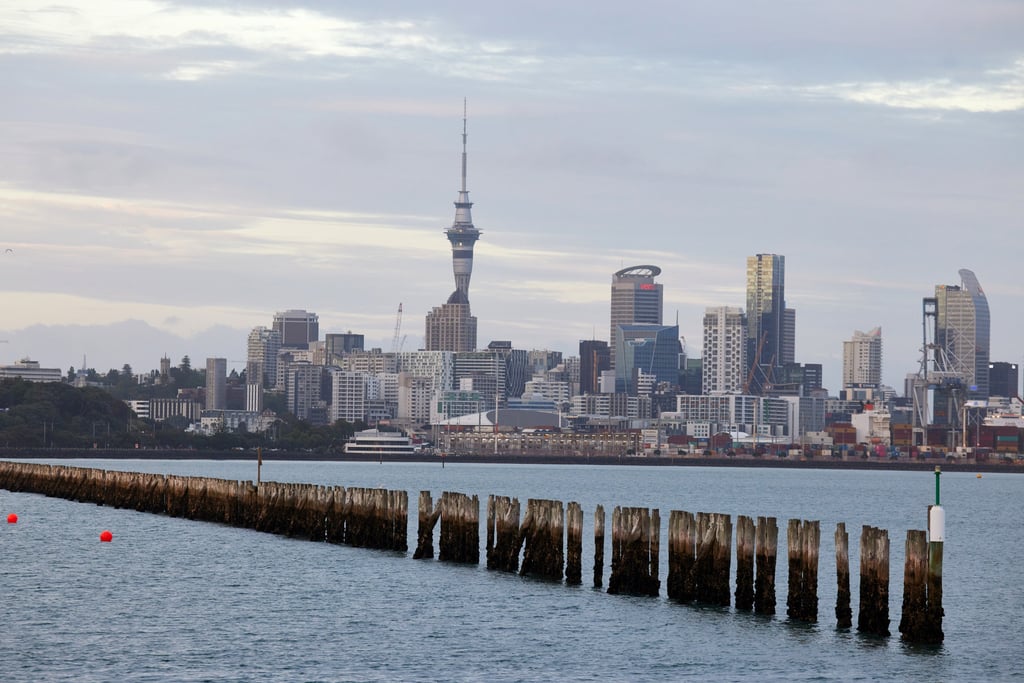How Asia-Pacific’s premium property markets, including Australia, New Zealand, Singapore and Hong Kong, took a hit in early 2022 … despite forecasts of substantial growth

- Goldman Sachs predicts Hong Kong home prices could ease over a four-year period, lowering its forecast from flat to a 5 per cent slide in each year between 2022 and 2025
- Knight Frank expects growth in core Asia-Pacific markets but downgraded earlier forecasts, while in Australia, Sydney and Melbourne prices appear to have peaked
What a difference a quarter makes.
Despite the known unknowns as 2021 ended – the ongoing pandemic, rising geopolitical tensions and the inevitability of interest rate rises sooner rather than later – many industry analysts were still forecasting substantial growth in Asia-Pacific’s most expensive housing markets during 2022, continuing the recent trend.
By this April, that seemed highly optimistic.
In New Zealand, where the median national house price finished the year 23.8 per cent higher than at the start, data for the first quarter of 2022 shows the market experienced the largest quarterly drop in more than a decade.
After Australian home values gained 22.1 per cent last year, latest data shows state capitals Sydney and Melbourne have both taken a hit. Home sales in Hong Kong slumped to a two-year low in March, while a similar transaction contraction in ever-reliable Singapore is sparking predictions of a softening in that market.

On paper, the declines may appear modest – in the case of New Zealand, only -0.6 per cent was recorded nationally in the QV House Price Index. But QV general manager David Nagel suggests this points to a wider trend towards lower growth.
“We’re seeing quite a rapid decline in the rate of annual growth – especially compared to the early months of 2021, when the market was peaking,” he said.
“This is particularly prevalent in the main centres where some of the largest value increases over the past two years have occurred.”